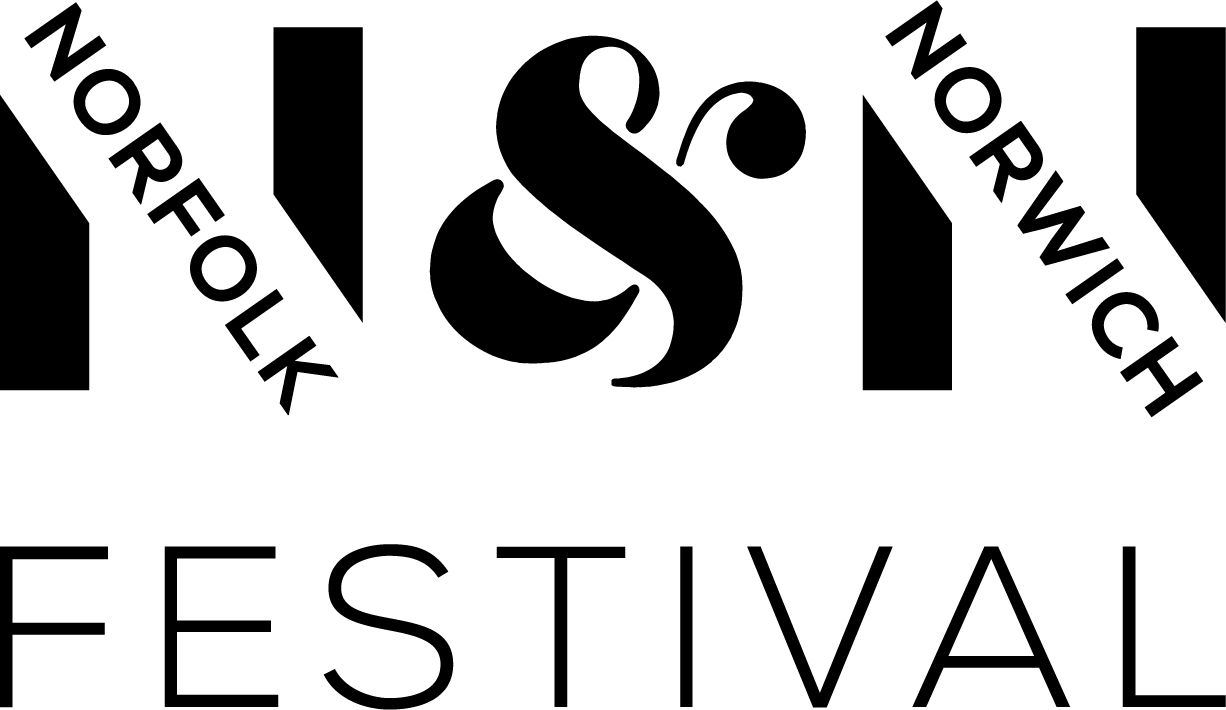Is your Curriculum Ofsted ready?
Abi Marrison, Education Manager for Norfolk & Suffolk
Exploring the new Ofsted framework with the help of Mary Myatt, Amanda Spielman, and Artsmark.
Many of the schools that I work with, across Norfolk & Suffolk, tell me that they are ‘rewriting their curriculum’; no mean feat! Curriculum has been one of the hot education topics this year and schools are interrogating what the ‘quality of education’ looks like, in their school, ahead of the new Ofsted framework landing on their doorsteps with a freshly primed and prepped inspection team this term.
Whether a school’s curriculum is hoping to stand firm as it is, or has been recently overhauled, schools must ask themselves these questions:
- Do we have a shared vision for our curriculum (Including staff, parents and young people)?
- Are our senior leaders confident in defending why they teach an aspect to children and young people at specific stages of their education journey?
- Is there a clear sequencing of knowledge and skills (particularly important where subjects are taught cross-curricular)?
When thinking on these questions I turned to Mary Myatt’s Curriculum: gallimaufry to coherence. What I gleaned from my night time reading of this book, is the importance of your intent. This is your planning; either as a teacher at the start of a unit or term, as you are setting your programme as an organisation, or as you review your curriculum as a school. It needs to be well pieced together: ‘knowledge pays off when the facts are related to one another’, and Mary quotes others that have proved the importance of this interleaved way of acquiring new learning.
As schools re-design their curriculum, they will explore which menu of subjects (and qualifications) they should deliver at their school at this time, and what impact these decisions will have on the young people they teach. Amanda Spielman who spoke at the Victoria and Albert Museum innovate conference in July this year said:
I hope that our [Ofsted’s] renewed focus on the curriculum will in turn help you to develop a new generation of designers and craftsmen for years to come.
She spoke about the decline in design and technology in schools and colleges. She suggested what curriculum could look like at different key stages, with a focus on D&T; but the same learning applies to all forgotten and marginalised subjects such as; music, art, dance, drama and the huge array of specialisms within each of those. When planning she urges teachers to ‘think about a coherent offer’ and a curriculum that gives skills and knowledge throughout education, and not for the purpose of tests or qualifications. To my mind if you are meeting the Cultural Education Challenge then you are not falling into the unhelpful mind-set that Amanda referred to: ‘that creativity is a self-contained attribute that can be taught in isolation’. You meet the Cultural Education Challenge by giving all children and young people access and opportunities to: create, compose, perform, -> visit, participate, experience -> know, understand and review.
I recently attended Patrice Baldwin’s conference: Meeting the Curriculum Challenge, where Sue Hackman (past Chief Adviser on School Standards at the DfE) shared that Ofsted are going to be looking for ‘local flavour’ during inspections. The curriculum schools deliver should take into account the cultural experiences of children (or lack of them), the local history and people in their community, preparing students for local employment whilst also ‘exploiting your staff’s talents and enthusiasms’.
One school improvement tool which supports schools to engage with the Cultural Education Challenge and develop ‘local flavour’ is Artsmark. Artsmark does not dictate a diet of prescriptive art forms but instead provides a supportive framework to help schools scrutinise what they deliver in their curriculum. The 8 criteria in the self-assessment framework prompt schools in ways such as: to develop their range of offer in and out of curriculum time; and to embed the value and impact of a broad arts and cultural curriculum within their curriculum design. Assessing the impact of a schools curriculum in a way that follows the narrative of their young people rather than any statistical data on results is a valuable reflection for all involved. It is where as teaching professionals we feel most comfortable in knowing that we have succeeded by making a difference to these young lives. If schools are questioning how they measure up to a healthy dose of arts and culture in their curriculum, they can ask:
- Do we have a governor for arts and culture?
- Do we know what arts and cultural organisations and opportunities are close to our school?
- If we do work with them, how embedded are these into our teaching and learning? As Mary puts it they should be to ‘cement the curriculum, not as a jolly add-on’
The new ofsted framework is asking schools to look deeper into ‘curriculum’, and to interrogate if theirs is robust enough to broaden young people’s horizons and prepare them through and beyond national assessments and qualifications.
Further reading
- Have you read our blog on cultural capital?
- Arts Councils 7 quality principles When applied well, these principles give the sort of experiences that truly bring learning to life in exciting, authentic and inspirational ways.
- Mary Myatt Curriculum: Gallimaufry to Coherence
